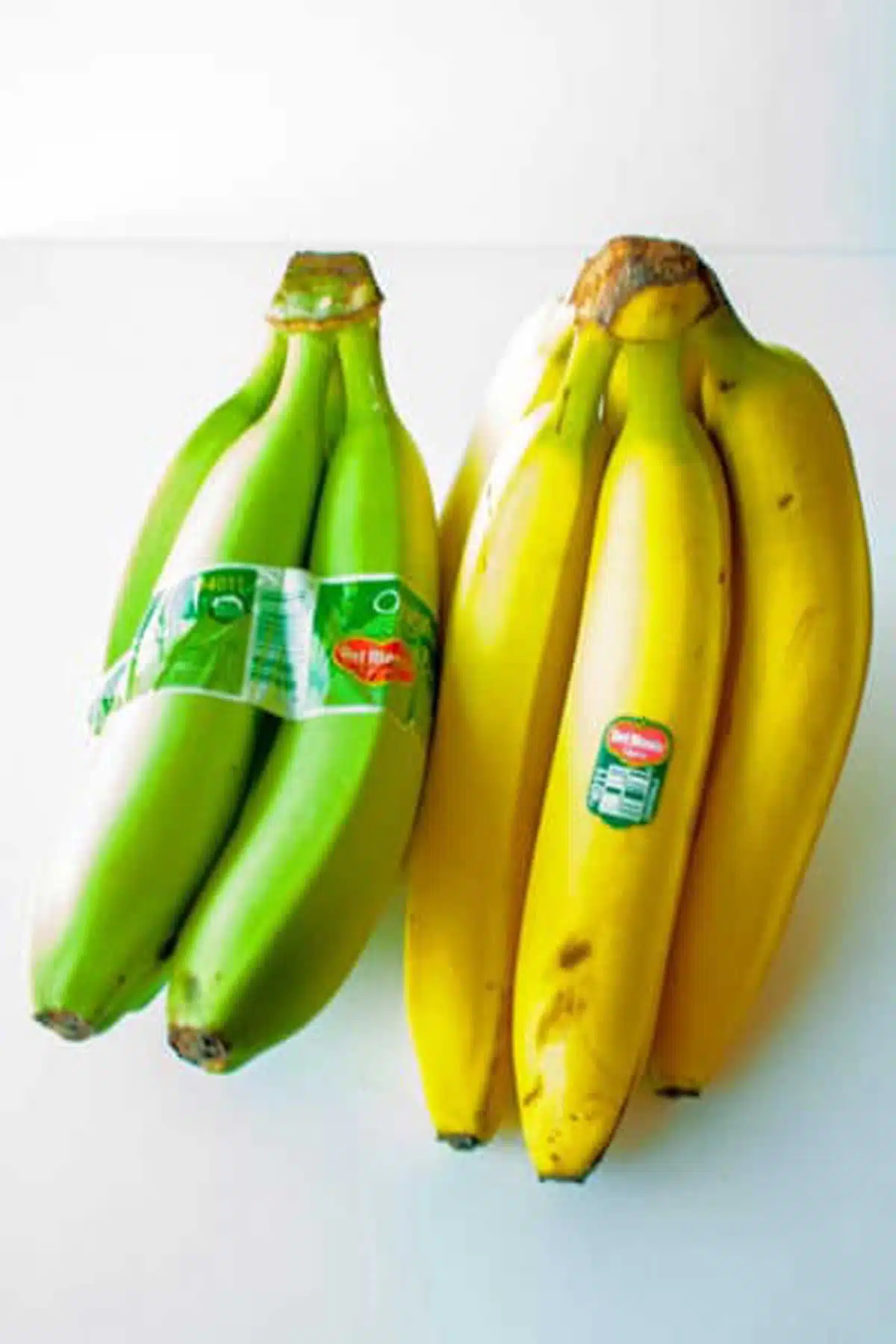Understanding produce PLU codes and what they mean can be super helpful when you're looking at produce while grocery shopping! Not only do they identify the produce, but they can also let you know if it is organic! In this article, I'm going to show you why these numbers are on produce as well as what they mean to you!
Understanding Produce PLU Codes
We've all seen the little stickers on all of the produce at the grocery store, but have you ever thought about what they actually mean? In case you didn't know, these simple stickers can give you a lot of information about the products they represent!
There are many theories going around about your produce PLC codes and what they mean to you. So, here is a quick overview from the source (IFPS - International Federation of Produce Standards).

Jump to:
What Are PLU Codes
PLU codes (or price look-up codes) are the 4 or 5-digit numbers that you can find on the stickers on fruits and vegetables in the grocery store. They have been implemented in supermarkets since the 90s and are intended to make the checkout process and inventory management easier, more accurate, and faster.
These numbers help to identify specific types of produce based on attributes such as size, whether or not it is organic, variety, and more. As a result, they help ensure that the customer is paying the correct price rather than relying on the cashier to be able to appropriately identify the produce and whether or not it was organically grown.
All PLU codes fall within the numbers 3000-4999. However, some produce will have a '9' in front of the code (making it 5 digits), which simply means that it is organic!
4-Digit Codes That Begin With A 3 Or 4
For starters, it is important to know that PLU codes are randomly assigned to produce! If the code is 4-digits and begins with a 3 or a 4, that simply means that the produce variety is conventionally grown.
For example, a standard lemon is coded as 4033 while a large lemon is coded as 4053.
5-Digit Codes That Begin With 9
The PLU codes beginning with 9, which are 5 digits, are meant to designate organic produce. The bananas pictured on this page are very clearly marked as 'organic' with a #94011 PLU code (and green wrapped label). Meanwhile, the conventionally grown bananas with a #4011 PLU code sticker.
5-Digit Codes That Begin With 8
Once upon a time, you may have stumbled upon some produce that had a PLU with a 5-digit code that started with an 8. At one point the 8 had represented a product that was genetically modified.
However, the use of the prefix 8 was dropped in the year 2015 (and it was never used in retail). Since then, the IFPS has stated that they eventually intend to use the number 8 again whenever the 3000 and 4000 series have become exhausted. However, there won't be any indication of whether or not the produce is GMO or non-GMO.
PLU Codes At A Glace
- 4-digit code that begins with the number 3 or 4 (3*** or 4***): conventionally grown
- 5-digit code that begins with the number 9 (9****): organically grown
- 5-digit code that begins with the number 8 (8****): previously meant genetically modified, but has since been eliminated.
What Does This Mean To You
Maybe nothing! But for those that are actively seeking organically grown produce, the clarification is certainly appreciated. It is up to individual organic growers to ensure that their produce is labeled correctly. However, the leading 9 on a five-digit PLU code is an easy identifier while shopping.
Please note, however, that there is no mention of what produce is GMO or non-GMO and this cannot be determined by the PLU code.
*The advantages and disadvantages of buying organic or non-GMO foods are hotly debated. This is a topic that you should research further and form an informed decision based on your interpretation of what you find. We personally love heirloom and homegrown foods, but know that it simply is not always an option. Enjoy your life, enjoy your food...and make healthier decisions when and where possible!
>>>>See all of my recipes here<<<<
Now you know everything there is to produce PLU codes and what they mean! Leave a comment down below and let me know what you think!
📖 More Helpful Guides
- Is All-Purpose Flour Plain Flour - Find out if there is a difference or if they are the same thing!
- Types of Winter Squash - Check out this list of winter squash varieties and how to enjoy them!
- Best Apples For Baking & Cooking - These apple varieties are perfect for all of your favorite recipes!
- Types of Pasta - A list of all of the most common kinds of pasta and their uses!
- History of McDonald's Apple Pie - A fun look at the origin of the famous apple pie!
- Types of Bread - A ton of delicious bread varieties to try out!

Comments
No Comments